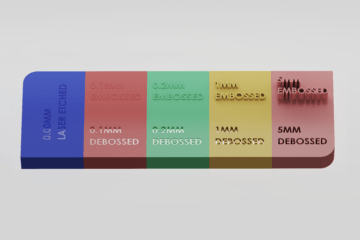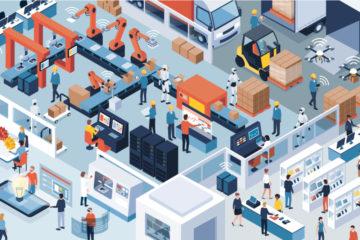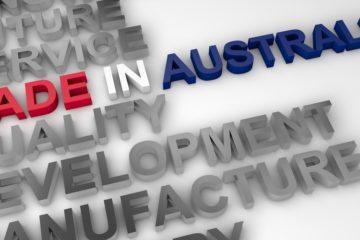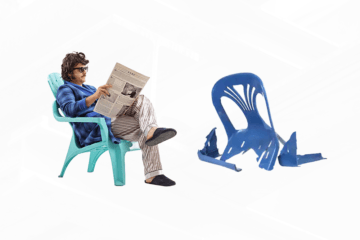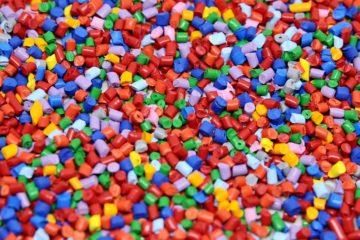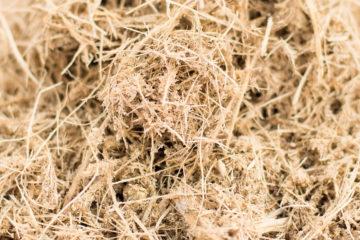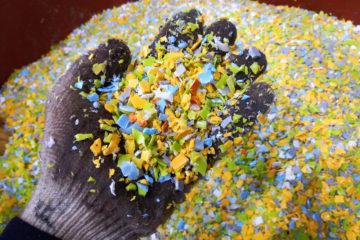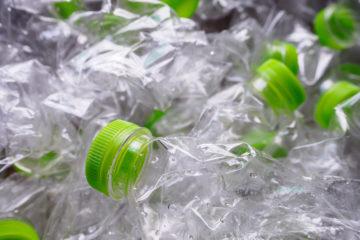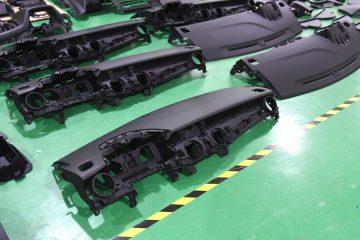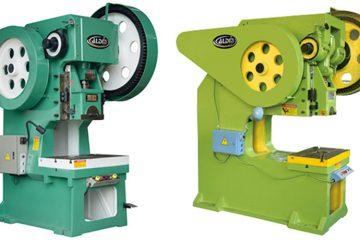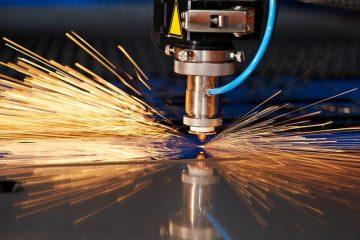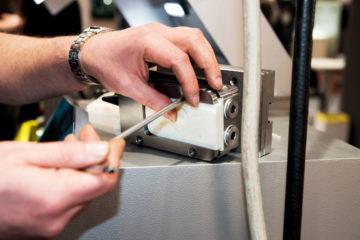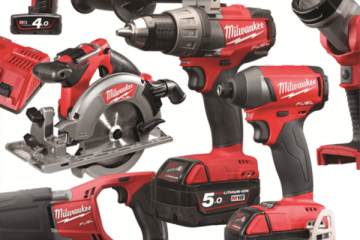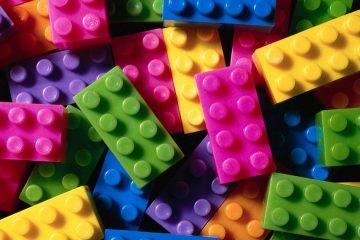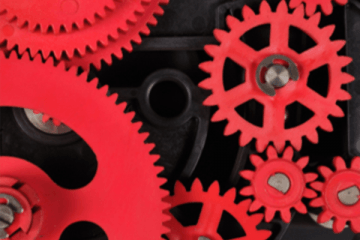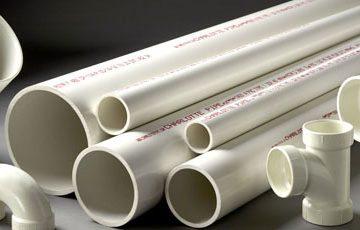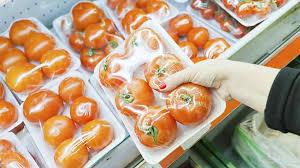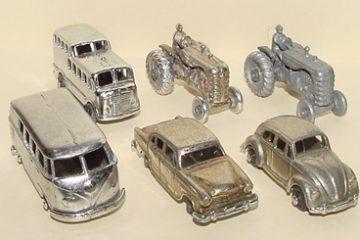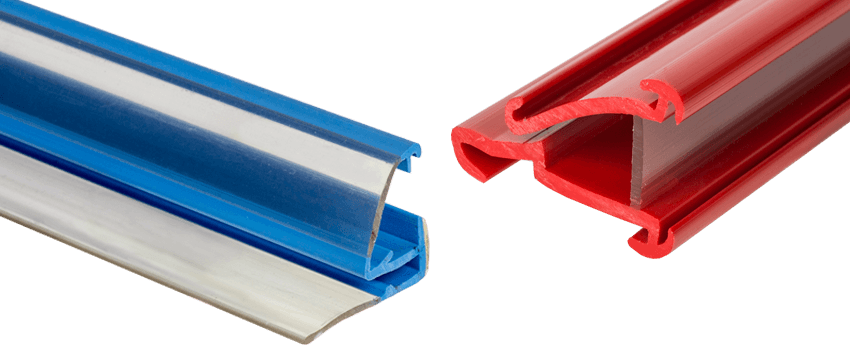
Plastic Co-extrusion is very similar to Plastic Extrusion, however, with co-extrusion you are inserting multiple polymers into the extrusion dies to produce a single profile with a range of physical characteristics. In this article, we’ll cover the differences from regular plastic extrusion and the benefits and disadvantages to Plastic Co-extrusion.
So the fundamental difference to regular extrusion is that you have multiple polymers or various materials being feed into the process at different stages of the production line. You start off with your basic profile and feed materials through the die, which forms one stage. Then you add in other materials and dies to get the right composition of plastics and the final form of the profile.
Now why would you do this? Well to do it with two separate extrusions, you’d incur some kind of assembly cost, and the product would also have an inherent join. Plastic co-extrusion allows you to integrate various density polymers together, different types of polymers, and even some non-polymer materials. A client of ours produces aesthetic fire door seals, that integrate a high and low density Polyethylene with a heat sensitive graphite. In doing so, the high-density Polyethylene (HDPE) provides easy installation to doors, the low-density polyethylene (LDPE) acts as a flexible weather seal and the heat-sensitive graphite expands and seals the door shut in the event of a fire, which contains the fire and stops it from spreading. This innovative product line wouldn’t be economical to produce with three different plastic extrusions which would have to be assembled. It also would produce a product that had at least two inherent flaws, being the joins. Also, the cost of tooling for plastic co-extrusion is relatively cheap in comparison to Injection Moulding.
The disadvantages are the same as regular Plastic extrusion, which is to say that you can only produce the one profile with a machine, and it’s a continuous product so that a delay or problem in the production line will affect the entire batch, until it’s resolved. The profile is also reasonably unchangeable, after the tool has been made. You can only alter the amount of material being fed and the rate at which the machine is producing. And if you do try to force the machine to produce in a radically different way from the intended tool design, you may end up with plastic running all over the extrusion and mixing in completely unintended ways. So creating the right tool or tools for the job is critical. If you think plastic co-extrusion is the way to go for your product, come in and chat with us during a free-, no obligation meeting to discuss your project.
Subscribe to Our Newsletter
Get the latest news from Dienamics into your inbox






